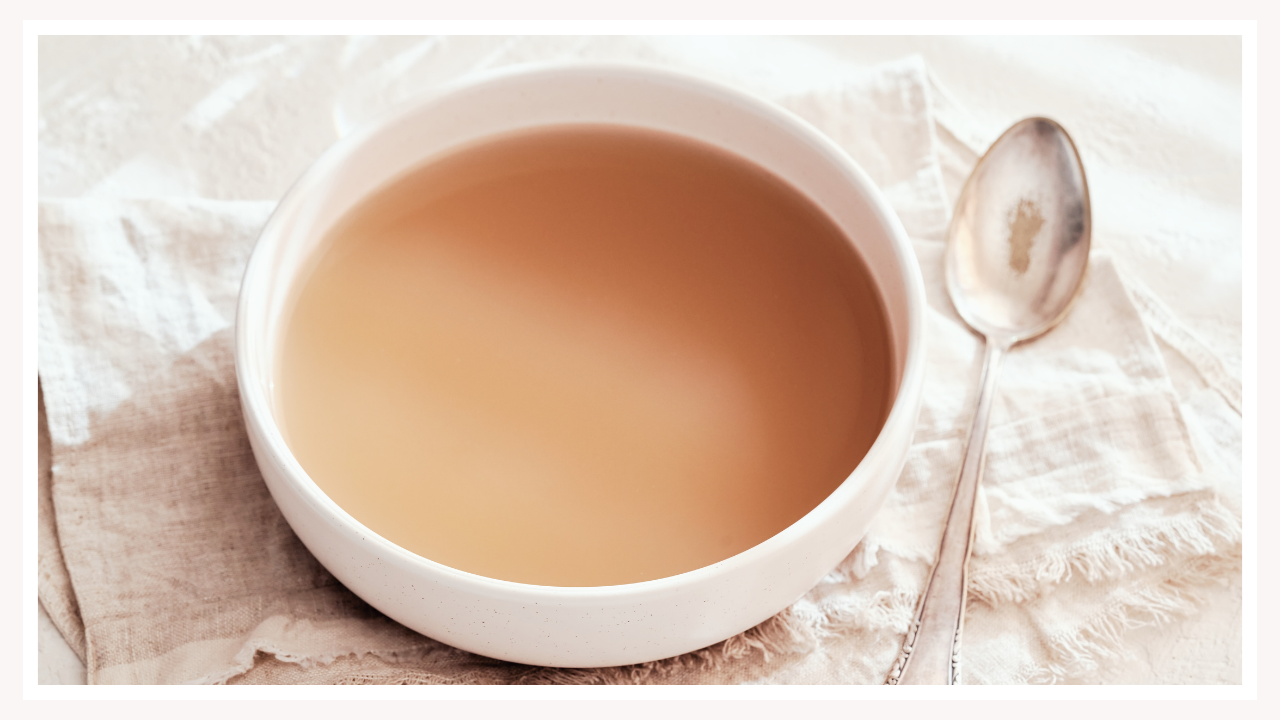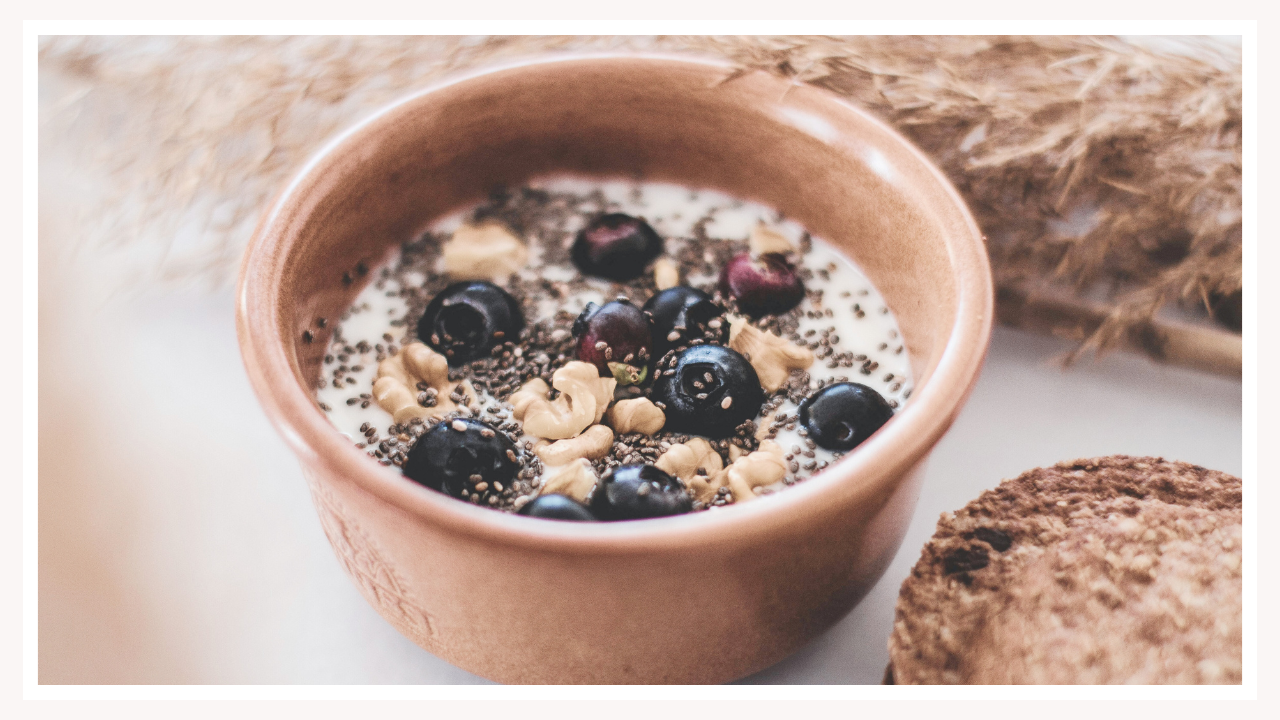
5 Foods That Calm The Fire - Let's Chat Inflammation Extinguishers
Alright ladies, let’s talk about that annoying little thing called inflammation. You know — the stiffness in your joints, the bloating that shows up uninvited, the “why am I so sore just by getting out of bed?” moments. It’s real, it’s frustrating, and yes, it tends to show up more in midlife. But the good news? Some foods can seriously help dial down that internal drama.
Here’s my go-to list of anti-inflammatory heroes, plus why they matter and how to actually eat them without feeling like you’re on a health bootcamp.
1. Omega-3 Fatty Acids
Where to get them: Fatty fish like salmon, mackerel, sardines — or a good quality supplement if you can’t stomach fish.
Omega-3s are basically little warriors for your joints. They help reduce morning stiffness, fight off inflammatory agents, and balance out all the omega-6s hiding in processed foods.
Pro Tip: Supplements work fine if fish isn’t your thing — just look for a high-quality brand and stick to the recommended dose.
2. Bone Broth
Why it’s brilliant: Collagen, amino acids, protein — basically a magic potion for your joints, connective tissue, and gut.
I don’t know about you, but simmering bones for 20 hours is a no from me. That’s why pre-made broths are my lifesaver. Heat it up, sip slowly, and feel the warmth and protein work their magic. Some brands throw in turmeric and ginger for an extra anti-inflammatory kick. Personally I just LOVE the tasty range from www.bestofthebone.com (YUM!) - and no hidden sponsorship here (but happy to chat if anyone from Best of the Bone may be reading this, LOL)!
My tip: Have it at night for a little soothing ritual, or post-swim, when you’re freezing and could use a hug in a mug.
3. Dark, Leafy Greens
Think: kale, spinach, collard greens.
These greens are packed with polyphenols and flavonoids — fancy words for compounds that actually help cartilage and reduce inflammation. Spinach is mild, easy to sneak into smoothies if you’re veggie-shy. Kale is tougher, but it packs more nutrients.
Pro tip: Go organic if you can, because these tend to be higher on the pesticide list. And yes, iceberg lettuce is cute, but it won’t do much for inflammation.
4. Berries
Blueberries, strawberries, raspberries — colourful, delicious, and full of anthocyanins (the compounds that fight inflammation).
They also help lower C-reactive protein, which is a marker your body sends up when inflammation is high. Frozen berries are fine if fresh ones aren’t available — they keep their nutrients and are way less high-maintenance.
5. Walnuts & Chia Seeds
Plant-based omega-3s for those of you who don’t do fish. Bonus: vitamin E for your skin. Toss them into oatmeal, salads, or yoghurt.
Heads-up: Walnuts in dessert? I draw the line there. Some things just shouldn’t mix.
What to Avoid
-
Added sugar: Yep, it tastes good, but it loves inflammation even more than you love chocolate.
-
Trans fats & ultra-processed foods: These little gremlins sneak into sauces, packaged snacks, and takeout. Read labels carefully, trust your gut.
The bottom line...
You don’t need a kitchen full of weird powders or a diet plan that makes you miserable. You just need to add some of these foods in, skip the obvious culprits, and move your body enough to keep everything flowing.
Little tweaks, big wins. No drama, no overthinking. Just feeling better in your own skin — that’s the goal.
XO Jane
DOWNLOAD YOUR FREE
MIDLIFE RESET GUIDE
Part pep talk, part power move—your midlife guide to ruling the chaos with grit, grace, and a side of snark.
I hate spam more than I hate bad hair days. Your info’s safe with me—I promise.



